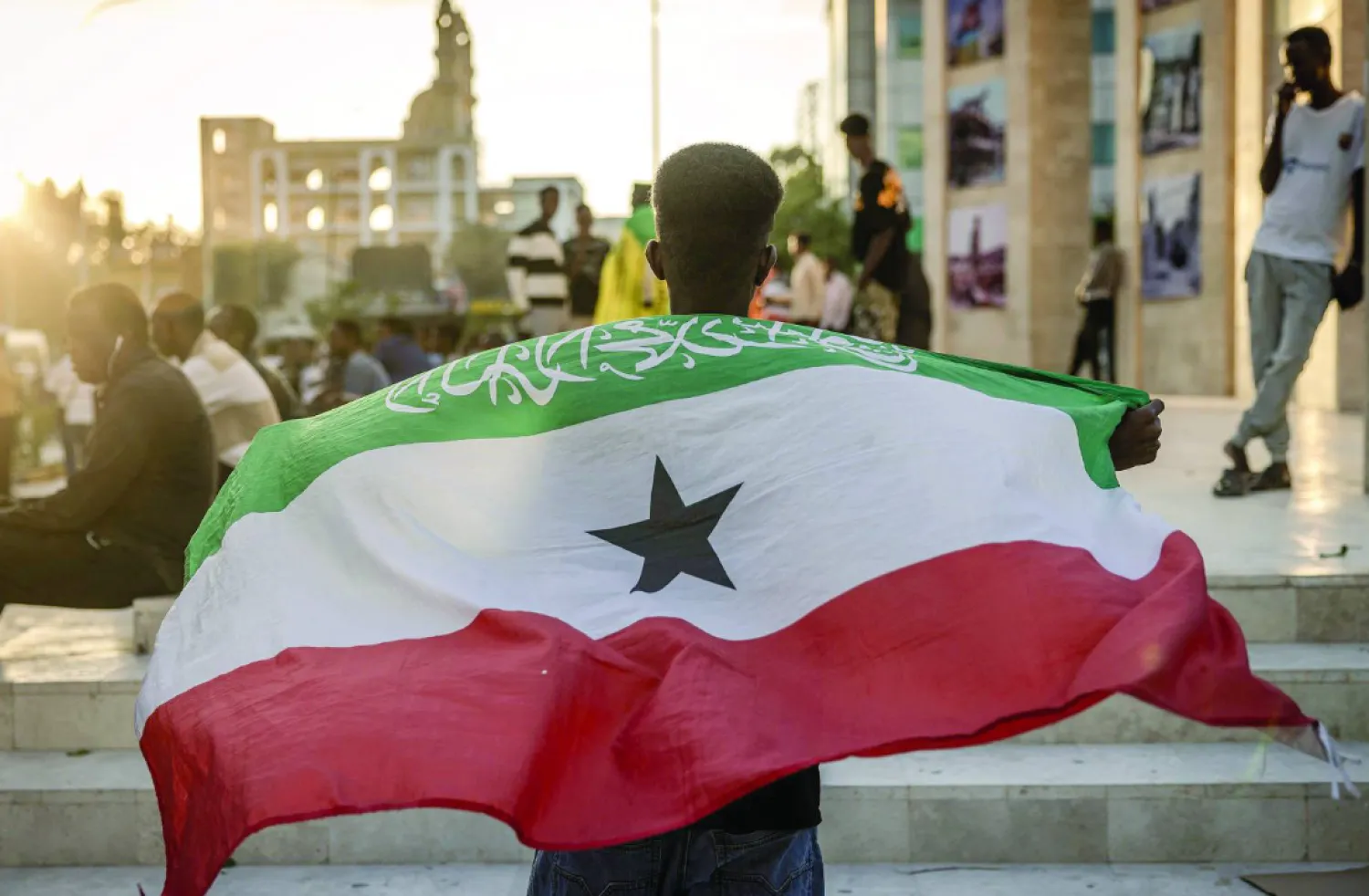Over 100 civil, political, and media reformist activists in Iran called for making a breakthrough in the upcoming parliamentary elections and for making a drastic change to prevent the current political forces from maintaining control over the parliament.
A total of 103 activists called for supporting the alliance of moderate and reformist candidates, urging political forces to avoid "idealism without realism" and "realism without idealism" given the "difficult circumstances" surrounding the legislative elections.
Officials and government media have escalated campaigns urging Iranians to participate in the upcoming elections, the first electoral entitlement after the widespread protests that shook the country following the death of Mahsa Amini in September 2022.
The previous polls witnessed a record turnout throughout the country, especially in Tehran. The capital is the largest electoral district and has 30 parliamentary seats.
Over the past months, Supreme Leader Ali Khamenei has repeatedly called for an increase in voter turnout in the elections to confirm the regime's acceptance by public opinion after the recent protests witnessed unprecedented reactions.
Interior Minister Ahmed Vahidi chaired a meeting of 31 governors, where discussions focused on the ministry's preparations before the legislative elections next month.
According to Iranian agencies, Vahidi said that 70 percent of the parliamentary candidates are between 30 and 50 years of age, pointing out that the list includes 15,000 candidates whose requests were approved by the Guardian Council, the body that supervises the elections.
The poll to elect 290 new members of the parliament will begin in a little over ten days, according to the Iranian Ministry of Interior.
This year's elections will coincide with the Assembly of Experts for Leadership elections, held every eight years to elect 88 influential clerics who will name the Supreme Leader's successor if he cannot carry out his duties.
Some reformist parties still have not decided their position on boycotting the elections, especially after the recent warning of Khamenei to "privileged" candidates.
Meanwhile, reform activists issued a statement indicating that the upcoming elections are "far from free and fair”.
The statement by official and government news agencies said that voting, even in restricted elections, could mean speaking up against limitations on the right to vote and not surrendering to basic rights violations.
The majority of activists, including figures close to former President Mohammad Khatami, said they believe in change and reform within the framework of the system, rejecting calls to move beyond the current political structure.
Last year, Khatami said there remains a long way to meet the elections' conditions and requirements, stressing that the main thing is holding free and fair elections.
The activists' statement pointed out that adherence to the right to vote is not limited to two options: voting on the list of candidates or boycotting the elections.
The statement stressed that participating in the elections aims to prevent the "greater evil" and ensure the polls' objectivity.
The signatories asserted their aim to practically achieve Iran's collective good and interests, aside from any personal wealth or gain.
Meanwhile, the reformist Ettehaad Mellat party held its ninth general conference on Monday.
At the end of the conference, the party issued a statement asserting that the rising trend of public dissatisfaction and increased number of unresolved issues, coupled with the noticeable rulers' inefficiency and the apparent gap with the people, show that the current impasses cannot be overcome without radical reforms.
Ettehaad Mellat further indicated that the parliament has become an unpopular and ineffective body, noting that its powers have been taken away by many parallel institutions.
The party announced it would side with the reform front during the upcoming elections, referring to the coordination framework between the parties and reformist forces.
Ettehaad Mellat's statement noted that the widespread interventions of security forces and institutions in the country's partial and comprehensive issues have become dangerous and harmful, warning about extending this wrong method to civil institutions.









